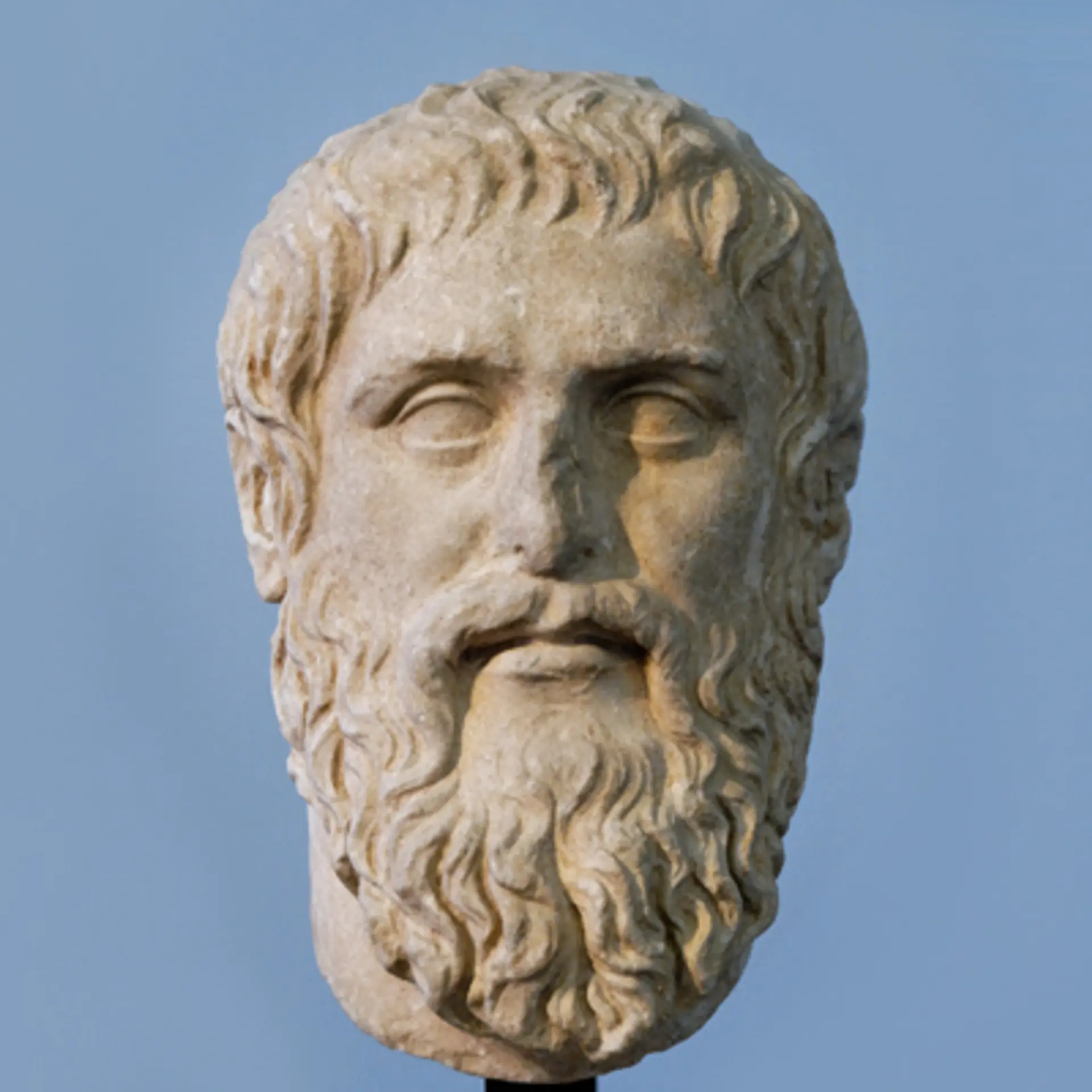MLP vs MVP vs MSP- What to do before and after your MVP?
We have more popularly heard about building an MVP i.e. Minimum Viable Product. It is a key aspect of Lean Startup methodology. However it is not a well defined concept and different people mean different things by it.
Even though a startup in the beginning may have done a lot of homework as to what product should be built, it takes time for absolute clarity to come about. A lot of that clarity is reached based on interactions with users and customers. So the first task for a startup is to learn what to build as part of the MVP.

The minimum that needs to be put together to learn what will need to be built to become the MVP, is called the MLP or the Minimum Learnable Product.
The following can work as a MLP:
- A set of ten landing pages, each listing a different product pitch, different features, etc targeted at different audiences.Measure: How many hits, signups these landing pages attract?Learn: Which product pitch and features which customer is interested in?
- Write 25 blog posts and share them in relevant online groups and forums. The posts should have the ability to be commented upon.Measure: Which posts get more traffic?Learn: What comments your readers make on your posts will give qualitative feedback.
- Send 100 emails with your offering to B2B customers. Offer your product as a service to start off.Measure: How many email responses do you get ?Learn: Get qualitative feedback from B2B customers, alternative solutions they are using, etc.
- Create a Meetup Group to discuss and resolve the problems that your customers would have. Here is the Meetup Group for UberStarter customers -- Lean Canvas Coaching for Startups.Measure: How many people join the meetup group and express an interest in getting their problems solved?Learn: Engage with your potential customers to understand what problems they actually have, try to provide it as consulting service for them to evaluate their need for getting the problem solved.
- Create content in the form of Facebook Pages, Videos, give-aways like design(icons, pics, themes, etc), open source code etc to attract users who are trying to solve the problems you are building a solution for.Measure: Traffic to your content, number of shares, etcLearn: Get reviews, feedback from users to understand more of what they need.
Once you have learnt what your users and customers are looking for, it is time to build the MVP. The Minimum Viable Product is actually the minimum usable product. Unless the product is in a state where it can do something for your users, it is not really a viable product. So wireframes and mockups are just minimum learnable products, not minimum viable products.
This brings us to the MSP i.e. Minimum Saleable Product. Your MVP will let users use your product and give you useful feedback but it will still not be enough to get them to pay you in terms of either money or time (attention).
The MSP particularly for B2B customers needs to have additional functionality or capability, like higher levels of security for data, maybe additional admin capabilities, integrations with specific and pre-existing tools used by the B2B customer etc. The MVP will allow you to engage with your customers enough to understand what they need to write a cheque for you.
Often customers will give you a wishlist of features which they would like to have. Many of these features may not be critical for your customer, or may not be needed by other customers. Thus it needs more careful evaluation of what features and capability you wish to add to the MSP. Correctly interviewing your customers to understand their priorities and the real wishlist is very much needed.
This article has been reblogged from here. Drop in a comment if you would like to chat about your product or need specific ideas and feedback on defining your MLP, MVP and MSP.







